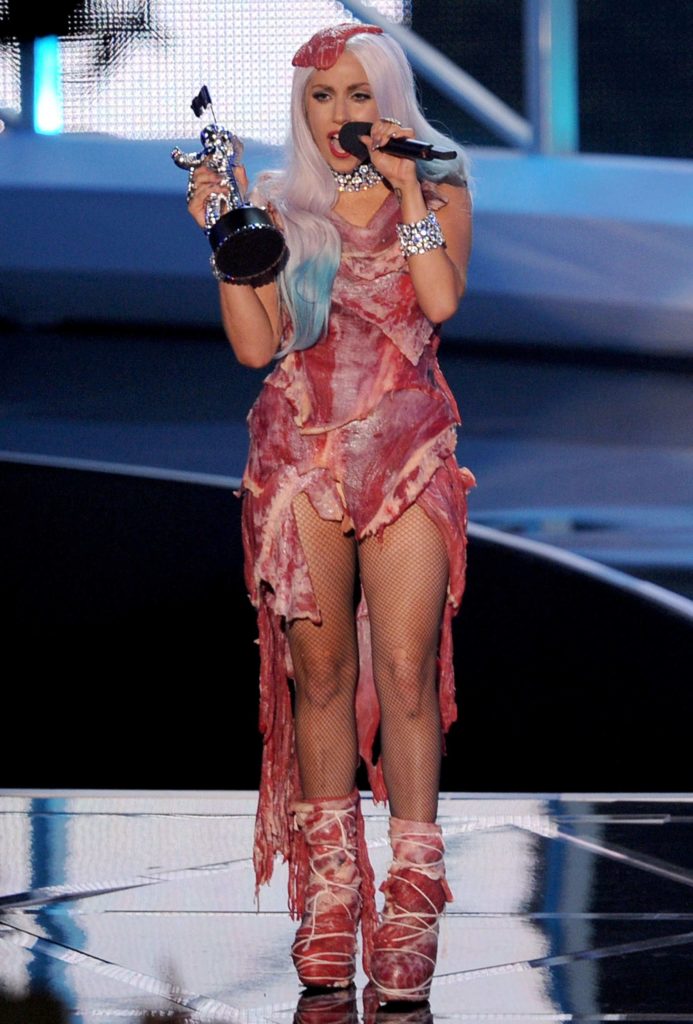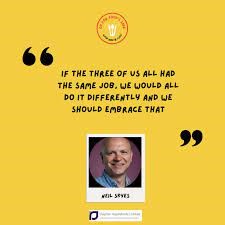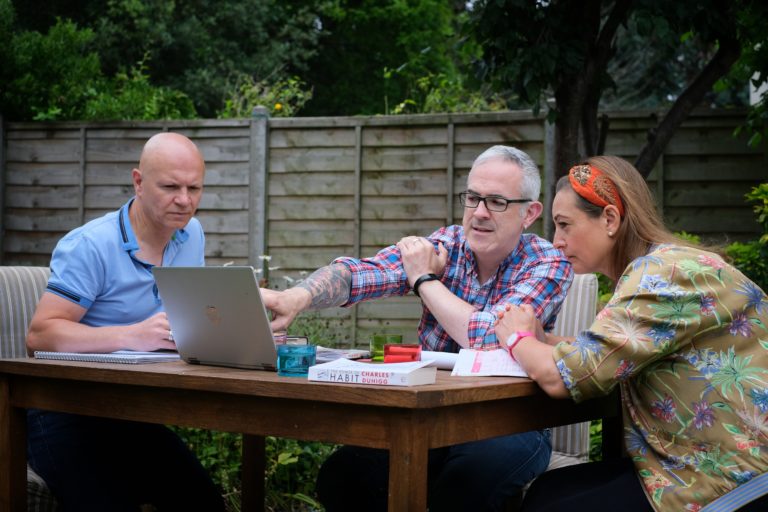Critical to the success of any endeavour is the critic’s critique.
Open a dictionary and search for the word ‘critical’ – the first definition offered will be something on the lines of ‘containing or making severe negative judgements’. And the doer of such a deed, the critic, is defined in equally negative terms; and not least of whom is our inner critic, that voice which has a right go at us when we prioritise our enjoyment over our chores. Not looking good so far is it? In medicine, we know the phrase ‘critically ill’ is not good, it means there is a danger of dying, right? In science, we understand the phrase ‘critical mass’ to mean that a tipping point with dramatic consequences is in play. And for business projects we use ‘critical paths’, to determine what must happen and in what order. Again, it feels like the cuffs are on.
So, why the bad rap? I believe it centres on how we are programmed around the word ‘judgement’. We don’t like it. It can feel like a challenge to our very being and our need for validation. However, judgement is nothing more than a shorthand term for ‘the capacity to make a decision’, something we all do many times a day. Judgement means that there is an(other) opinion available, a different perspective, an invitation to investigate, to explore, to test assumptions and overall to be better informed.
I think of ‘critical’ as the ability to discern, to be perceptive, to notice the difference that makes the difference. Natalie Turner puts it beautifully as ‘being able to stand outside of our own judgement’. And when I think of the critic, I conjure up a subject matter expert, an authority, a detective even. Our own inner critic is constantly assessing, appraising, analysing, and elucidating on our behalf. Now that sounds a lot friendlier already.
In Neuro Linguistic Programming (NLP), we teach many interventions where we invite delegates to think more critically, to stop taking things at face value and to embrace information from different perspectives which ultimately leads to more and better choices.
When talking about the Six ‘I’s® of Innovation I recognise patterns of behaviour in companies where they have a great idea and immediately put it into action, only to find out later that had they spent more time investigating it critically, they might not be ironing out as many glitches after the fact..
I often cite the example of Lady Gaga and her famous meat dress. Lady Gaga is very purpose driven when it comes to human rights. The dress was driven by her purpose of standing against the US Governments restrictions placed on the rights of gay soldiers; she identified the 2010 MTV Video Music Awards as her protest hub and the meat dress was chosen as the most useful creative piece designed to draw maximum attention to the purpose. She said, ‘If we don’t stand up for what we believe in, if we don’t fight for our rights, pretty soon we’re going to have as much rights as the meat on our bones.’
What does this have to do with a mindset of critical thinking? Well. Once the ideation phase was over, she needed to figure out a way that it would work in real life. How much, what type and which cuts of meat would work best for different parts of the garment? How would it hang when she was walking, sitting, standing? Where and how would the final version for the big night be stored? All this would have been designed, prototyped, and validated because her purpose was clear. Putting the idea straight into action, so an outfit malfunction was not an option. You could say that the steaks were high (sorry, couldn’t resist!)
Indeed, it is when the stakes are high that we need to give our plans the best possible chance of success. Judgement free critical thinking from multiple perspectives makes sure that whatever it is will pass muster. And that’s good, right?
I can’t speak for Lady Gaga’s team, but still, like I said, critical to the success of any endeavour is the critic’s critique.
This post was originally published on Neil’s LinkedIn page.





